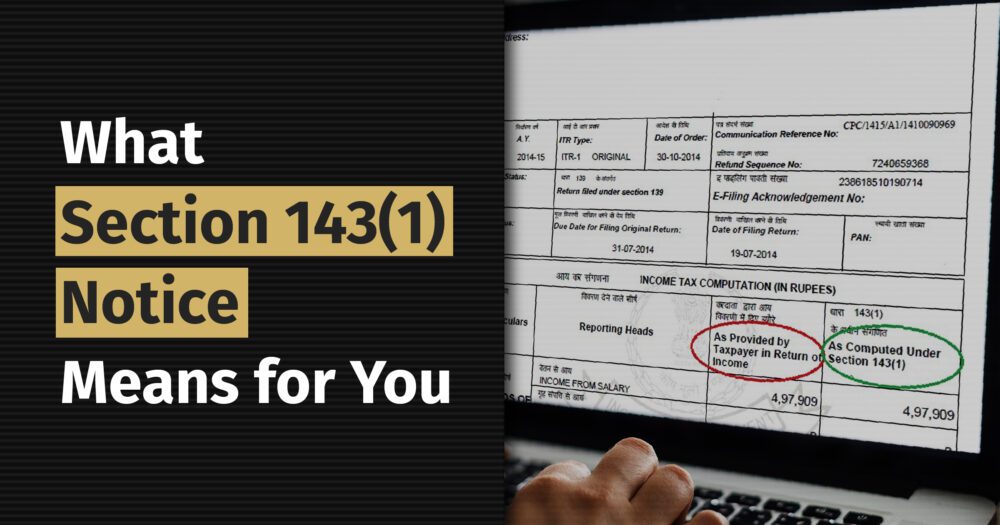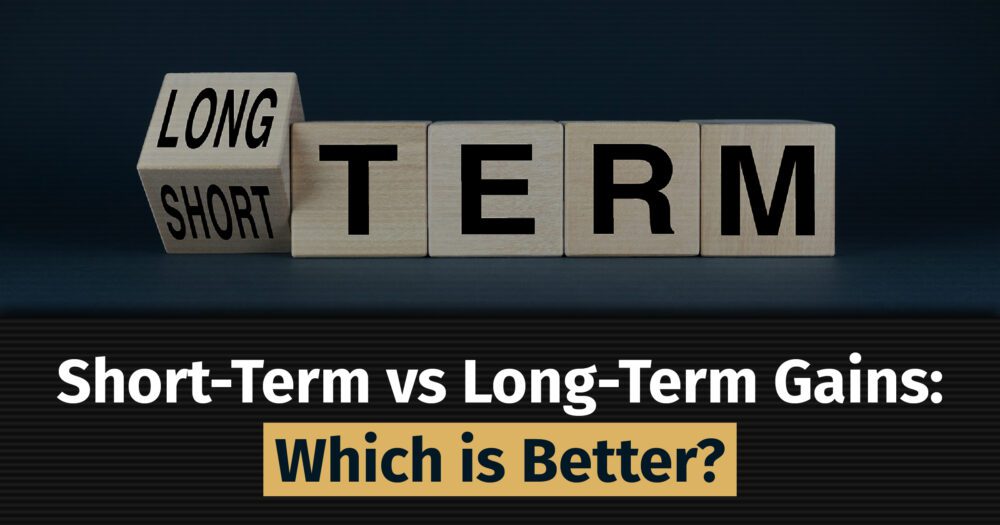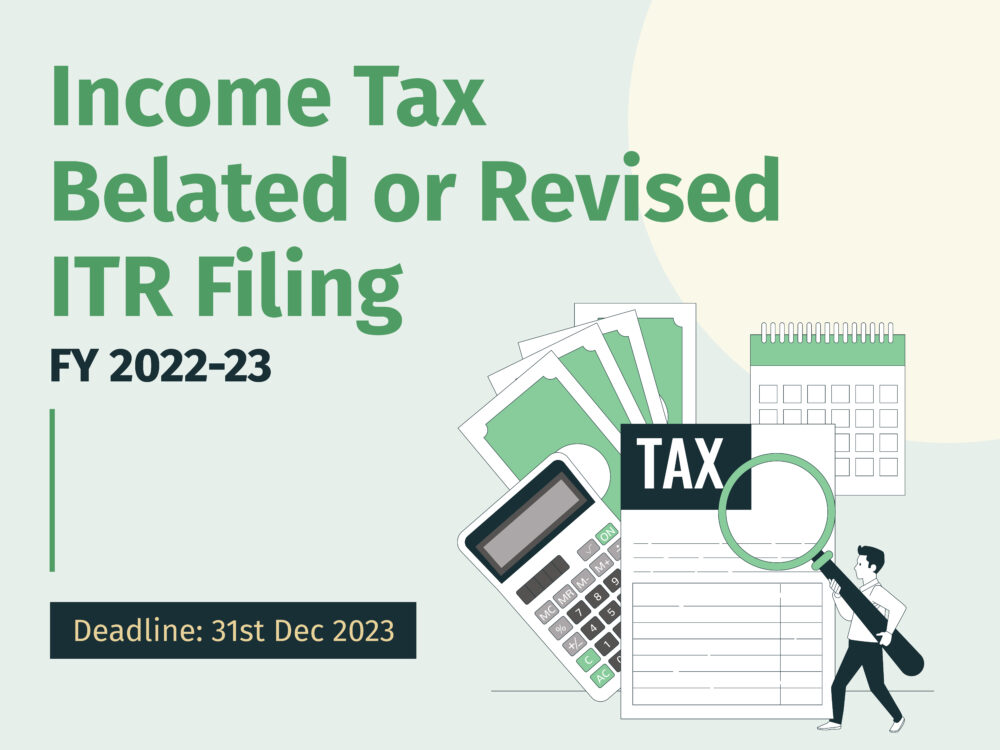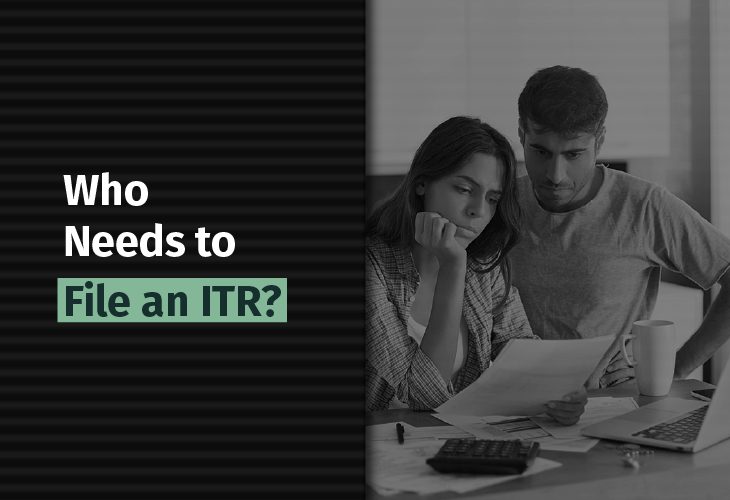Receiving a notice under Section 143(1) is a routine part of the income tax return process. After you file your return, the income tax department uses an automated system to cross-verify your return with the data they have for preliminary assessment of income tax returns.. This system either confirms that your return has been accepted without changes or highlights any discrepancies that need attention.
In this guide, we’ll explain why you might receive this notice, how to deal with iit, the steps to respond appropriately, and the potential consequences of ignoring it.
Possible Outcomes After Your Return is Processed
- No Adjustment: This means your return has been accepted by the income tax department exactly as filed. No further action is needed on your part.
- Refund: This indicates that you are eligible for a refund, which will be credited to your bank account.
- Demand: This means you owe additional tax. This may be due to discrepancies between the tax paid and income reported, or disallowance of certain deductions.
Why Did You Receive This Notice?
- Mathematical Errors: Any mistakes made when adding, subtracting, or working with numbers.
- Mismatch in TDS/Tax Payments: If the TDS claimed differs from the information available with the income tax department.
- Incorrect Income Reporting: If any income, such as salary or interest, is reflected in Form 26AS, Form 16A, or Form 16 but was not included in your income tax return.
- Discrepancies in Deductions: If the deductions claimed under sections like 80C, 80D, etc. do not match with supporting documents or data available at the department.
- Missing details: If any important information is missing or incomplete, such as bank account information, PAN information, or any source of income.
- Tax Credit Mismatch: When the information provided by the TDS deductor does not match the tax credits you claimed in your ITR (such as TDS).
- Late filing of return: If you are carrying forward losses from a previous year, and the return for that year was not filed within the due date, the income tax department may disallow those losses. This means you would not be able to offset them against future gains.
Time Limit to Serve the Notice
The notice must be served within nine months from the end of the financial year in which the income tax return (ITR) was filed.
Time Limit to respond
You are typically required to respond within 30 days from the date of receipt of this notice, if any action is required on your part.
How to deal with additional demand?
You can deal with the additional tax liability by understanding the cause of demand in following ways:
- Cross-check your return: Review the details specified in the notice and compare them with the return you filed. There are possibilities of mismatch in deductions or income details.
- Reconcile with Form 26AS: Verify the payment details in your return by checking them against Form 26AS. This form contains information on tax deducted at source (TDS) and other payments.
- Agree or Disagree: If you find the demand valid, you should pay the outstanding tax amount within 30 days. However, if you disagree with the demand, you can respond by filing a rectification request under Section 154 on the income tax e-filing portal.
How to Respond
First, check the intimation notice. Is it a demand notice for payment of tax, a refund notice, or just a notice that your return is accepted as filed?
Step 1: Log in to the Income Tax E-filing Portal:
Log in using your PAN, password, and Captcha code
Step 2: Access the Notice: Go to the ‘e-Proceedings’ tab and select ‘Response to Notice u/s 143(1)’.
Step 3: Prepare your response
- Agree: You can accept the proposed changes directly through the portal.
- Disagree: Prepare a detailed response that justifies the reason for disagreeing with the demand. Ensure you gather all the relevant documents to support your response.
Step 4: Submit Your Response: Submit your response within the specified timeframe after carefully reviewing your response.
Once submitted, you’ll receive an acknowledgment that your response has been accepted.
Consequences of Not Responding
- It could lead to penalties and interest for late filing.
- It could lead to additional tax liabilities.
- You may lose out the benefit of Income tax deductions, exemptions and carry-forward of losses.
- It could increase the scope of scrutiny of your future returns.
Conclusion
Receiving a notice under Section 143(1) can be a stressful experience for individuals, but understanding its implications is important for effective tax planning. This notice provides you an opportunity to rectify any discrepancies in your tax return and ensures compliance with tax laws.
A qualified financial advisor can assist you in responding to income tax notices quickly and effectively. To get help with your income tax notice, download the 1 Finance app and book a consultation with a qualified financial advisor for a seamless, hassle-free tax experience.







